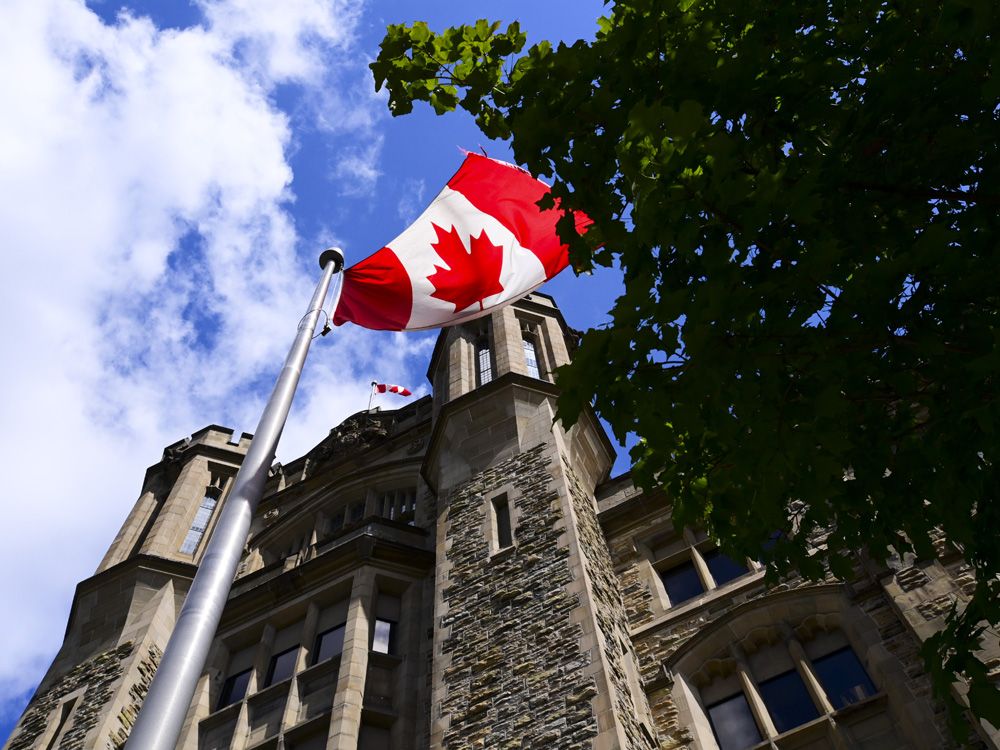‘Fully booked, every day’: The golf business was struggling — until the pandemic hit

Article content continued
It’s helped people feel normal
Laurence Applebaum
Applebaum said a boom in the early 2000s was followed by something of a “softening” for the industry, which coincided with the global financial crisis and dovetailed with an abundance of courses. A 2012 study conducted on behalf of the National Allied Golf Associations, which includes Golf Canada, found that the number of people playing had plateaued.
From 2015 to 2017, the number of golf facilities in Canada declined from 2,346 to 2,298, according to Golf Canada’s research. Applebaum said 2017 was also the same year the game saw a bounce back and a streak of solid growth that was expected to continue this year even before the pandemic hit.
“But we could have never expected, in the middle of August, to be looking back and seeing such growth in activity and play in such a challenging year,” Applebaum said.
It’s not all good news. Many golf courses count on banquets, weddings and other big events, and that revenue hasn’t yet come back.
Take the recent financial results of TWC Enterprises Ltd., Canada’s biggest owner, operator and manager of golf clubs via its ClubLink brand.
TWC reported earlier this month that revenue from functions will be “minimal” for 2020, but that the decline also “enabled ClubLink to accommodate the overwhelming demand for tee times from members and customers.”
A surge has indeed shown up in the number of rounds being played and reported to the National Golf Course Owners Association. Canada-wide, those results are around 24 per cent higher than this time a year ago, according to Jeff Calderwood, the association’s chief executive.





